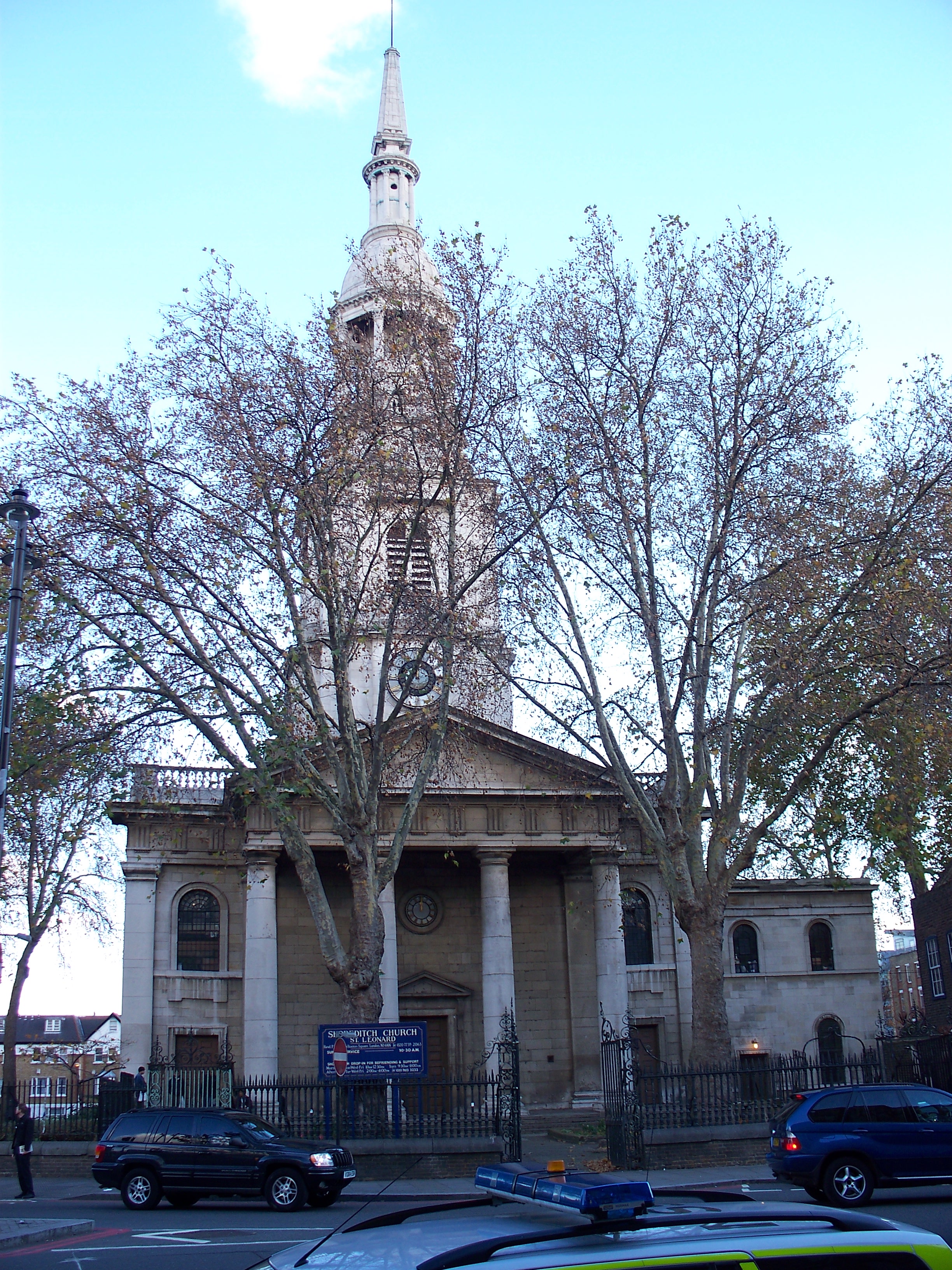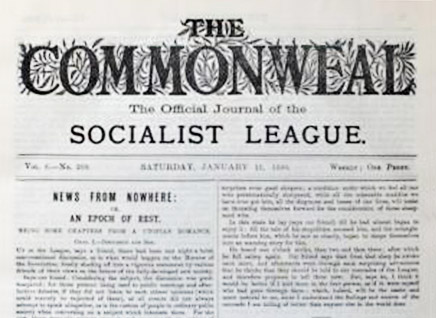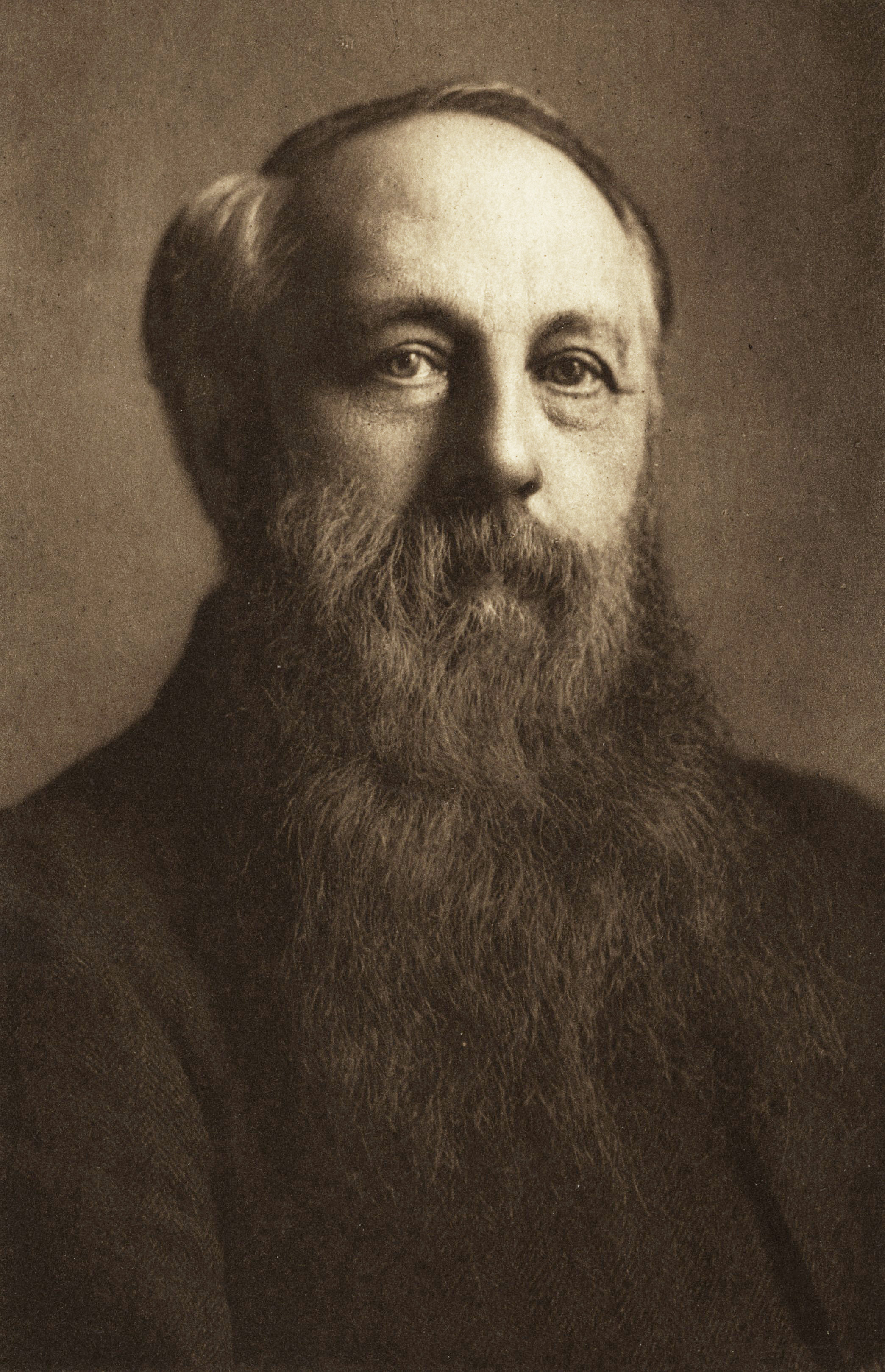|
Frank Kitz
Frank Kitz (1849 – 8 January 1923) was an English anarchist. Life Born in the Kentish Town area of London as Francis Platt, he was illegitimate and grew up in poverty. E. P. Thompson and Peter Linebaugh, ''William Morris: Romantic to Revolutionary'', p.281 He later claimed that his father was a German refugee from the revolutions of 1848, although his biological father was asserted by Florence Boos to have been John Lewis, an English watchmaker. He supported the ideals of the French Revolution in his youth, and attended radical meetings, such as those of the Reform League, participating in the Hyde Park riot of 1867.Ed. Norman Kelvin, ''The Collected Letters of William Morris, Volume II, Part B: 1885-1888'', p.383 Platt completed an apprenticeship as a dyer, and travelled extensively looking for, being particularly impressed by the poverty he saw in the industrial cities of northern England. On several occasions, he supported himself by enlisting in the British Army and t ... [...More Info...] [...Related Items...] OR: [Wikipedia] [Google] [Baidu] |
Kentish Town
Kentish Town is an area of northwest London, England in the London Borough of Camden, immediately north of Camden Town. Less than four miles north of central London, Kentish Town has good transport connections and is situated close to the open spaces of Hampstead Heath. Toponymy The name of Kentish Town is probably derived from ''Ken-ditch'' or ''Caen-ditch'', meaning the "bed of a waterway" and is otherwise unrelated to the English county of Kent. In researching the meaning of ''Ken-ditch'', it has also been noted that ''ken'' is the Celtic word for both "green" and "river", while ''ditch'' refers to the River Fleet, now a subterranean river. However, another theory is the name comes from its position near the Fleet; it has been suggested that Kentish Town, which lies in between two forks of the Fleet, takes its name from ''cant'' or ''cantle'' (from the Middle English meaning "corner"). History Kentish Town was originally a small settlement on the River Fleet (the waterwa ... [...More Info...] [...Related Items...] OR: [Wikipedia] [Google] [Baidu] |
Shoreditch
Shoreditch is a district in the East End of London in England, and forms the southern part of the London Borough of Hackney. Neighbouring parts of Tower Hamlets are also perceived as part of the area. In the 16th century, Shoreditch was an important centre of the Elizabethan Theatre, and it has been an important entertainment centre since that time. Today, it hosts many pubs, bars and nightclubs. The most commercial areas lie closest to the city of London and along the A10 Road, with the rest mostly residential. Toponymy Early spellings of the name include ''Soredich'' (c.1148), ''Soresdic'' (1183–4), ''Sordig'' (1204), ''Schoresdich'' (1220–21), and other variants. Toponymists are generally agreed that the name derives from Old English "''scoradīc''", i.e. "shore-ditch", the shore being a riverbank or prominent slope; but there is disagreement as to the identity of the "shore" in question. A suggestion made by Eilert Ekwall in 1936 that the "ditch" might have been one leadi ... [...More Info...] [...Related Items...] OR: [Wikipedia] [Google] [Baidu] |
St James' Hospital, Balham
St James' Hospital was a healthcare facility in Balham, London that existed between 1910 and 1988. The hospital buildings occupied sites within the boundary of Ouseley Road, Sarsfield Road and St James's Drive (previously named St James's Road) Balham London SW12. Early history as a workhouse Rapid London population growth in the early 1890s had resulted in increased demand for poor relief, so the Wandsworth Union purchased the site of the St James's Road Industrial School for £21,000 from the Westminster Union. The School had been built around 1851 to house juvenile offenders. The existing buildings were converted and became known as the St James's Road branch of the Garratt Lane workhouse. St James’ Infirmary In 1909 the Wandsworth Board of Guardians built St James' Infirmary in Sarsfeld Road, on what had once been the workhouse gardens. It was officially opened in November 1910 by the Rt Hon John Burns (1858-1943), President of the Local Government Board, with the main ... [...More Info...] [...Related Items...] OR: [Wikipedia] [Google] [Baidu] |
Old Age Pension
A pension (, from Latin ''pensiō'', "payment") is a fund into which a sum of money is added during an employee's employment years and from which payments are drawn to support the person's retirement from work in the form of periodic payments. A pension may be a "defined benefit plan", where a fixed sum is paid regularly to a person, or a "defined contribution plan", under which a fixed sum is invested that then becomes available at retirement age. Pensions should not be confused with severance pay; the former is usually paid in regular amounts for life after retirement, while the latter is typically paid as a fixed amount after involuntary termination of employment before retirement. The terms "retirement plan" and "superannuation" tend to refer to a pension granted upon retirement of the individual. Retirement plans may be set up by employers, insurance companies, the government, or other institutions such as employer associations or trade unions. Called ''retirement plans'' ... [...More Info...] [...Related Items...] OR: [Wikipedia] [Google] [Baidu] |
Freedom (British Newspaper)
''Freedom'' is a London-based anarchist website and biannual journal published by Freedom Press which was formerly either a monthly, a fortnightly or a weekly newspaper. The paper was started in 1886 by volunteers including Peter Kropotkin and Charlotte Wilson and continued with a short interruption in the 1930s until 2014 as a regular publication, moving its news production online and publishing irregularly until 2016, when it became a bi-annual. Originally, the subtitle was "A Journal of Anarchist Socialism". The title was changed to "A Journal of Anarchist Communism" in June 1889. Currently it's labelled simply as an "Anarchist Journal". The newspaper's mission statement was originally stated in every issue and summarises the writers' view of anarchism: The current printed issue does not carry a summary, but the website retains a section of the original 1886 introductory essay by Peter Kropotkin: History The paper historically featured news from the peace and labour mo ... [...More Info...] [...Related Items...] OR: [Wikipedia] [Google] [Baidu] |
Charles Mowbray
Charles Wilfred Mowbray (1857 – December 1910) was an English anarcho-communist agitator, tailor, trade unionist and public speaker. Mowbray was an active orator and agitator in the Labour Emancipation League, and then the Socialist League, becoming the publisher of the Socialist League's newspaper ''Commonweal'' in 1890. At this time he began describing himself as an anarcho-communist. He was arrested in 1892 and charged with conspiracy to murder in a high profile trial but was acquitted. At this time he reportedly worked as a police informant. From 1894 he lived and worked in the United States where he went on speaker tours before being deported in the wake of the assassination of President McKinley. Back in England he moved away from anarchism and began lecturing on tariff reform (protectionism) and was funded by the National Union of Conservative Associations. Biography Mowbray was born in Bishop Auckland, County Durham in 1857. In his youth he served in the Durham Lig ... [...More Info...] [...Related Items...] OR: [Wikipedia] [Google] [Baidu] |
Commonweal (UK)
''Commonweal'' was a British socialist newspaper founded in 1885 by the newborn Socialist League. Its aims were to spread socialist views and to win over new recruits. William Morris, founder of the League, was its chief writer, money finder and "responsible head". Edward Aveling was the sub-editor. Before the last meeting of the Social Democratic Federation Morris and Aveling visited Frederick Engels to discuss their proposed paper. The first number appeared at the beginning of February 1885.John Turner, Ernest Belfort Bax and Eleanor Marx also regularly contributed articles. Its publishing office was at Great Queen Street, London. At first it appeared as a monthly (with supplements) from February, 1885 to May 1st 1886. It then commenced as a weekly. Aveling was unable to devote the necessary time on a weekly basis and Bax replaced him as sub-editor. As E. P. Thompson writes: "Almost every issue included at least one major contribution from Morris. During 1885 "The Pilgrims o ... [...More Info...] [...Related Items...] OR: [Wikipedia] [Google] [Baidu] |
Socialist League (UK, 1885)
The Socialist League was an early revolutionary socialist organisation in the United Kingdom. The organisation began as a dissident offshoot of the Social Democratic Federation of Henry Hyndman at the end of 1884. Never an ideologically harmonious group, by the 1890s the group had turned from socialism to anarchism, and disbanded in 1901. Organizational history Origins Until March 1884, the members of the Democratic Federation, forerunner of the Social Democratic Federation (SDF), worked together in harmony. The new organisation had expected to make rapid headway with existing radical workingmen's organisations but few chose to join the SDF. Early enthusiasm gave way to disappointment and introspection. Personal relationships began to loom large among the small group's leading members. The personal vanity and domineering attitude of the organisation's founder, Henry Hyndman, along with his nationalism and fixation on parliamentary politics, were the leading causes of the inter ... [...More Info...] [...Related Items...] OR: [Wikipedia] [Google] [Baidu] |
William Morris
William Morris (24 March 1834 – 3 October 1896) was a British textile designer, poet, artist, novelist, architectural conservationist, printer, translator and socialist activist associated with the British Arts and Crafts Movement. He was a major contributor to the revival of traditional British textile arts and methods of production. His literary contributions helped to establish the modern fantasy genre, while he helped win acceptance of socialism in ''fin de siècle'' Great Britain. Morris was born in Walthamstow, Essex, to a wealthy middle-class family. He came under the strong influence of medievalism while studying Classics at Oxford University, there joining the Birmingham Set. After university, he married Jane Burden, and developed close friendships with Pre-Raphaelite artists Edward Burne-Jones and Dante Gabriel Rossetti and with Neo-Gothic architect Philip Webb. Webb and Morris designed Red House in Kent where Morris lived from 1859 to 1865, before moving t ... [...More Info...] [...Related Items...] OR: [Wikipedia] [Google] [Baidu] |
Social Democratic Federation
The Social Democratic Federation (SDF) was established as Britain's first organised socialist political party by H. M. Hyndman, and had its first meeting on 7 June 1881. Those joining the SDF included William Morris, George Lansbury, James Connolly and Eleanor Marx. However, Friedrich Engels, Karl Marx's long-term collaborator, refused to support Hyndman's venture. Many of its early leading members had previously been active in the Manhood Suffrage League. The SDF battled through defections of its right and left wings to other organisations in the first decade of the twentieth century before uniting with other radical groups in the Marxist British Socialist Party from 1911 until 1920. Organizational history Origins and early years The British Marxist movement effectively began in 1880 when a businessman named Henry M. Hyndman read Karl Marx's ''Communist Manifesto'' in French translation while crossing to America. Upon his return to London, Hyndman sought out Marx, then ... [...More Info...] [...Related Items...] OR: [Wikipedia] [Google] [Baidu] |
Labour Emancipation League
The Labour Emancipation League was a socialist organisation in London. The origins of the league lay in the 1880 split from the National Secular Society of the Stratford Dialectical and Radical Club around Ambrose Barker. In 1881, the Club was forced to abandon its activities, although it remained in existence as the Homerton Socialist Society. Barker and Tom Lemon from the Society joined with Joseph Lane and Frank Kitz to hold regular public meetings in Mile End. These proved a success, and they formed the Labour Emancipation League to continue this work. The first secretary, Aaron Moseley, soon resigned and was replaced by Lane. The League was influenced by Marxism Marxism is a left-wing to far-left method of socioeconomic analysis that uses a materialist interpretation of historical development, better known as historical materialism, to understand class relations and social conflict and a dialectical ..., Chartism and Proudhonism. Its programme called for: Th ... [...More Info...] [...Related Items...] OR: [Wikipedia] [Google] [Baidu] |





.jpg)

